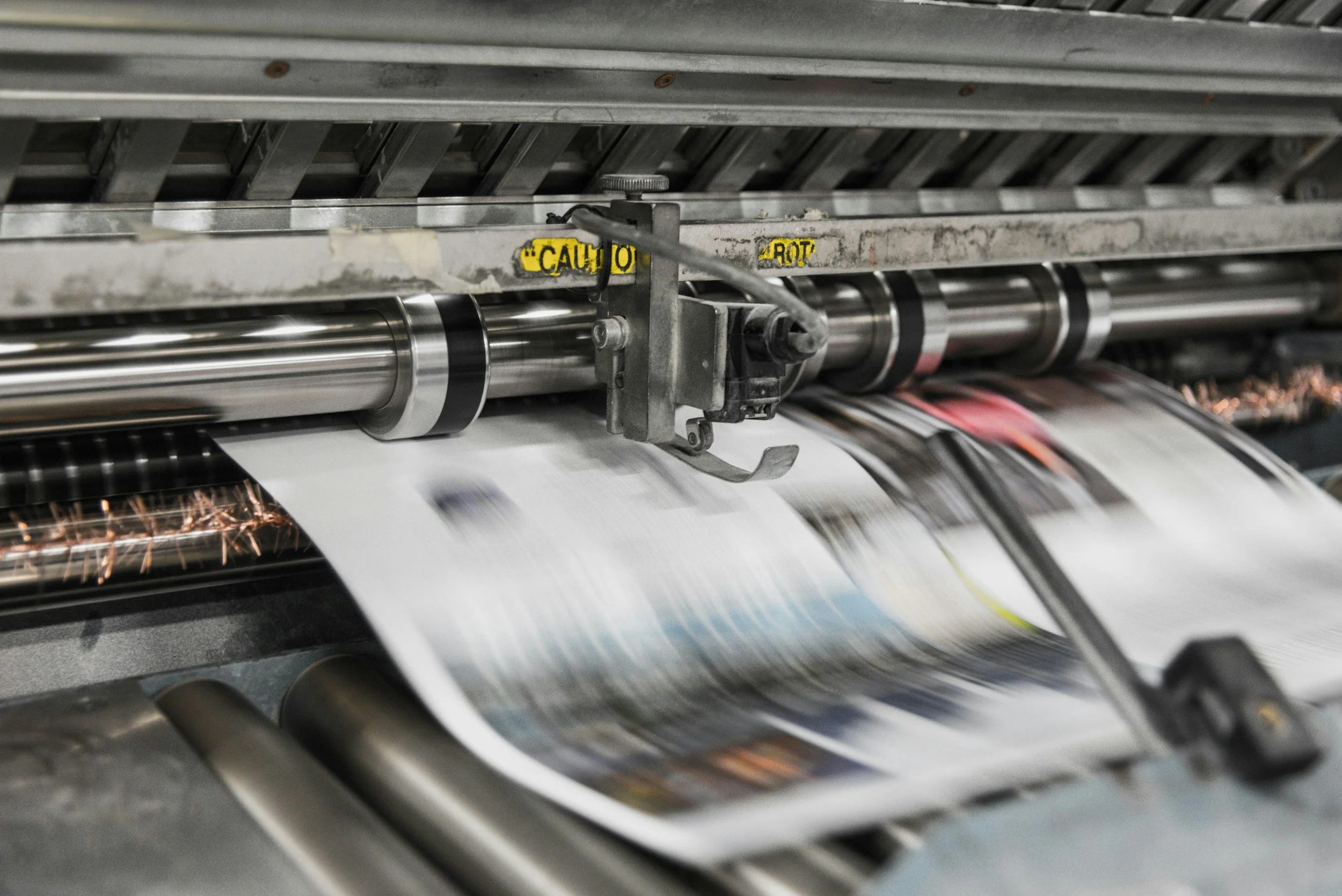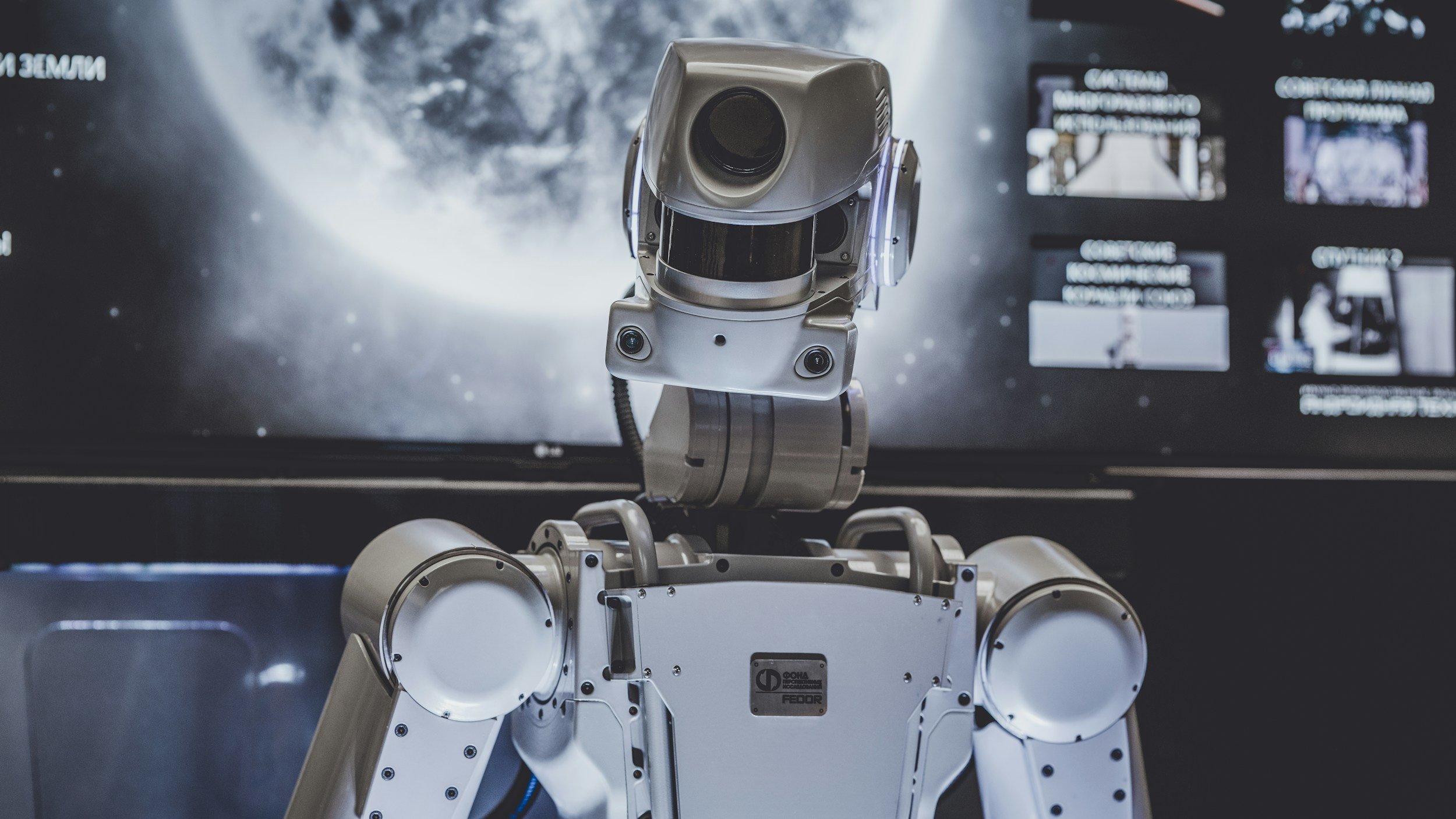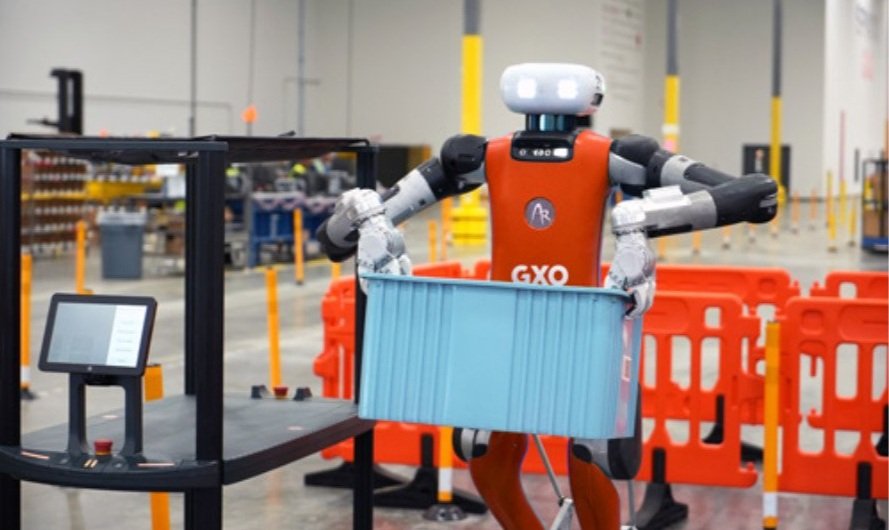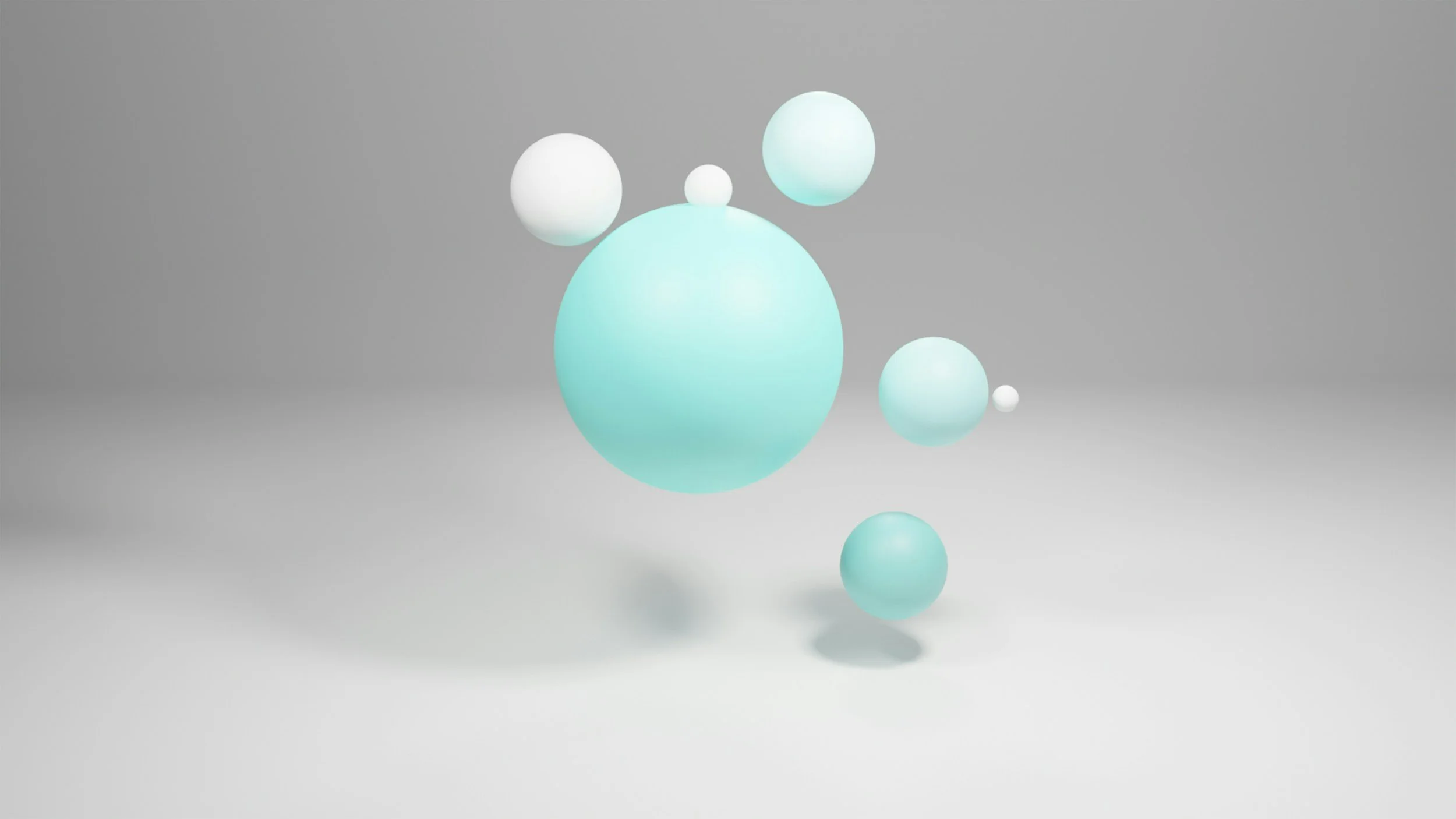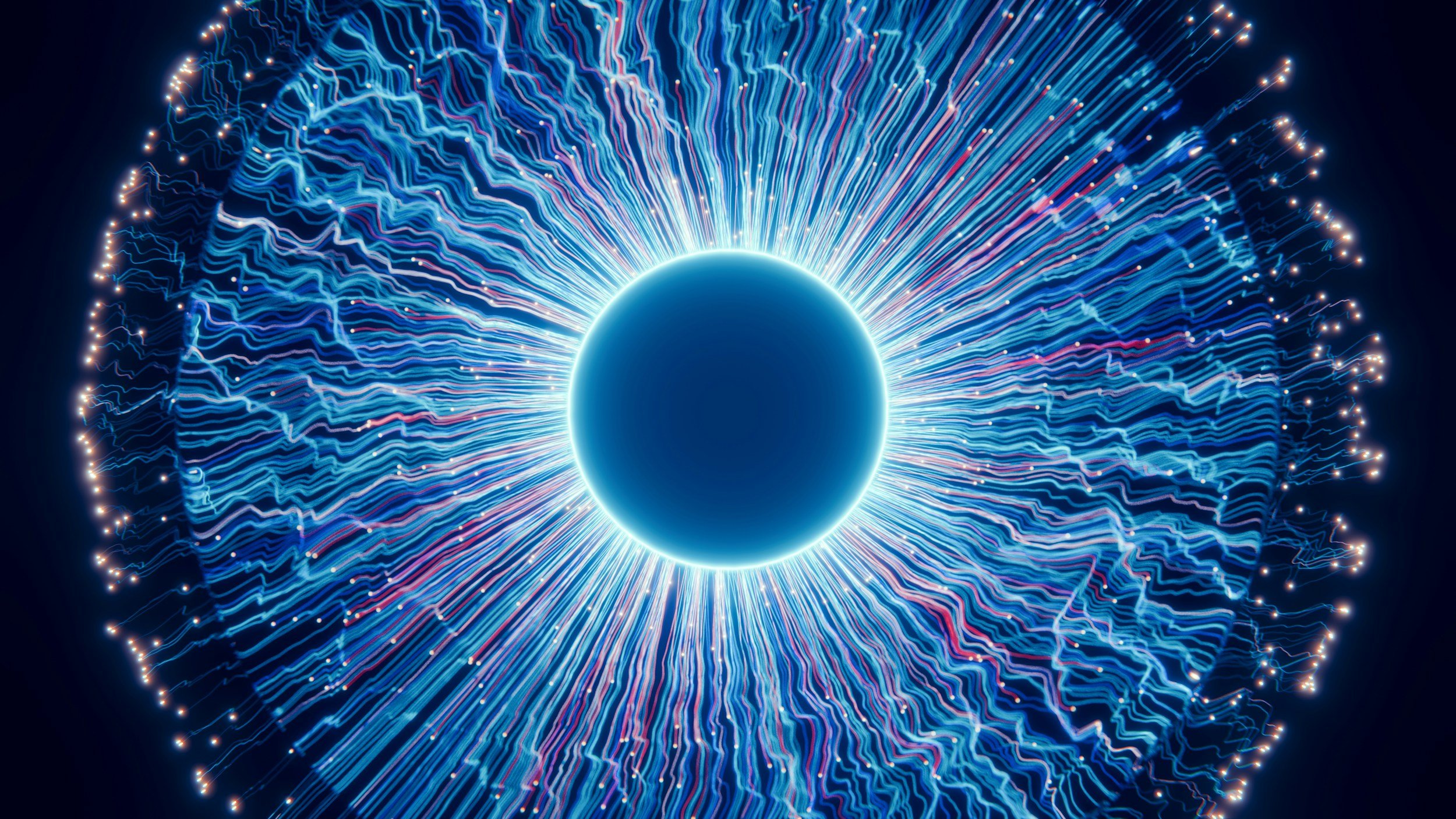AI Identifies 28 Out of 8,000 Catalysts to Boost Green Ammonia Efficiency

Image Credit: Arun Anapparakkal | Splash
Australian researchers have harnessed artificial intelligence to pinpoint a catalyst that boosts the efficiency of producing ammonia using renewable energy, potentially reducing reliance on carbon-intensive methods.
Scientists at the University of New South Wales (UNSW) Sydney screened more than 8,000 potential catalyst combinations with AI, narrowing them to 28 for lab testing. The selected alloy, made from iron, bismuth, nickel, tin and zinc, increased ammonia output seven times at room temperature of about 25 degrees Celsius, while achieving close to 100% energy efficiency.
The findings, published in the journal Small in June 2025, build on the team's 2021 discovery of a plasma-based process to create ammonia from air and water without fossil fuels.
Role of AI in Catalyst Discovery
Led by Dr. Ali Jalili from UNSW's School of Chemistry, the team used machine learning to analyze metal properties and predict effective mixtures, cutting down on traditional trial-and-error experiments. This high-entropy alloy operates in a liquid state, enabling the reaction at ambient conditions rather than the extreme heat and pressure of conventional processes.
The AI approach shortlisted combinations from 13 initial metals, focusing on their ability to bind nitrogen and hydrogen. Co-author Sahar Nazari contributed to the study, which emphasizes how computational tools can accelerate materials research.
Background on Ammonia Production
Ammonia, essential for fertilizers that support global food supply, is traditionally made via the Haber-Bosch process, which demands temperatures over 400 degrees Celsius and pressures more than 200 times atmospheric levels. This method accounts for about 2% of worldwide greenhouse gas emissions.
Green ammonia aims to address this by using renewables, but early versions faced efficiency hurdles. The UNSW method employs plasma to activate air and water, producing ammonia on-site in compact units the size of shipping containers.
Advantages and Limitations
The new catalyst offers several benefits, including minimal energy waste through high Faradaic efficiency, where nearly all input power converts to ammonia. It enables decentralized production, allowing farmers to generate fertilizer locally and cut transport emissions. The use of common metals like iron and zinc keeps costs down, and the process aligns with renewable energy sources.
However, challenges remain. Ammonia is generally toxic and corrosive, requiring safe handling infrastructure, as highlighted in broader discussions by organizations such as Australia's CSIRO. Initial setup for plasma systems may involve high capital outlays, though modular designs aim to mitigate this. Long-term catalyst durability in real-world settings is emerging and not yet extensively tracked, requiring further validation. Energy input, though from renewables, must scale reliably with variable sources like solar or wind, addressing intermittency issues common to green processes.
Future Outlook
Experts see this as part of a broader shift toward sustainable chemicals, with AI speeding up discoveries in energy materials. Green ammonia could serve as a carrier for hydrogen in clean energy systems, aiding decarbonization in shipping and heavy industry.
Trends point to load-flexible production that adapts to fluctuating renewables, and wider AI applications in designing catalysts for hydrogen and other fuels. Ongoing trials of modular units suggest commercial viability, though global adoption depends on policy support and market competition with established methods.
We are a leading AI-focused digital news platform, combining AI-generated reporting with human editorial oversight. By aggregating and synthesizing the latest developments in AI — spanning innovation, technology, ethics, policy and business — we deliver timely, accurate and thought-provoking content.


















